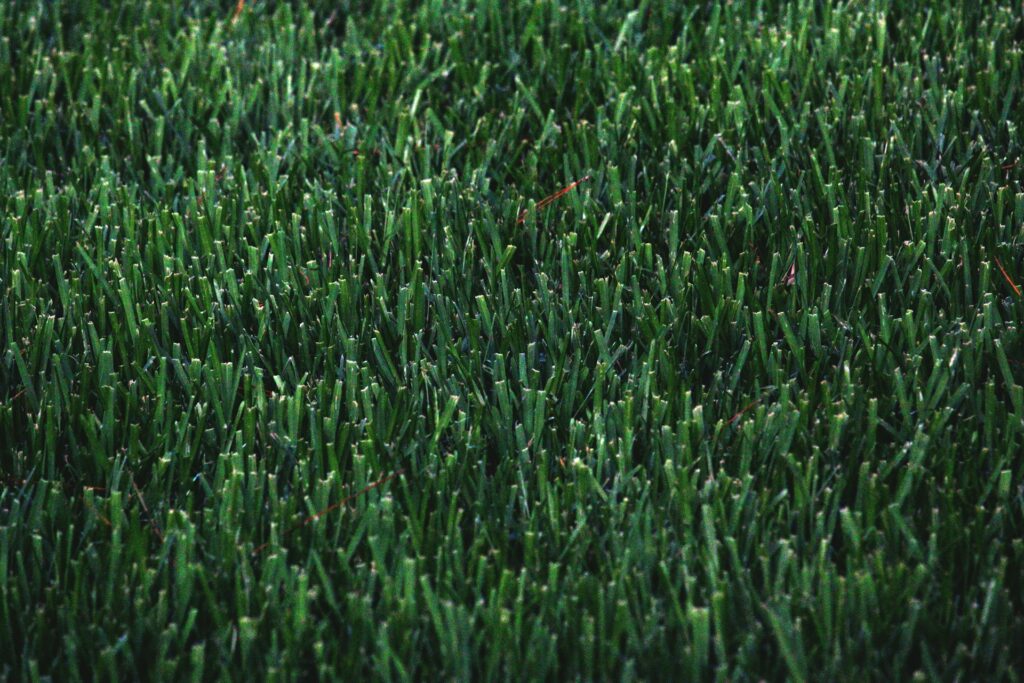One of the complaints people who are anti-lawn have is that lawns use too much water. It seems impossible to overwater a lawn, but it’s a fairly common problem. Too much water can quite literally drown the roots of grass plants and make it impossible for them to take up oxygen and other nutrients. The roots of the grass don’t reach into the soil as deeply as they should and can even rot and kill the plant. Overwatering can also, ironically, make the soil hard and compact, which also makes it difficult for grass to get the proper nutrition. Here are six signs that a lawn is getting more than its share of water.
1. The Lawn is Not Green
A lawn that’s getting too much water does not become luxuriant but instead loses its green color. If the blades of grass are yellow or seem faded, that’s a sign they’re getting too much water. The lawn grows sick, and a sick lawn invites pathogens that cause diseases such as dollar spot or necrotic ring spot. These diseases cause grass to discolor even more, or even kill the grass outright. Not only this, it may take many months for the lawn to recover from these diseases.
2. Too Many Mushrooms
Groups of mushrooms, moss, and mildew are signs that the lawn is being overwatered. Fungi break down organic material, and an overgrowth of them is a sign that the grass has begun to rot.
3. More Weeds
Though grass may not thrive when a lawn is overwatered, some weeds simply love it. If there are crowds of dandelions, plantains, vervain, vetches, crabgrass, and other unwanted plants, suspect overwatering.
4. Grass Grows Slowly and Has Thin Blades
Grass in an overwatered lawns grows slowly. Also, the blades of healthy grass plants are not only shades of green but thick. When the lawns is overwatered and grows weak, the blades thin out because the grass can’t take up nutrients.
5. Too Many Pests
Like pathogens, pests are also drawn to lawns that have become unhealthy due to overwatering. Pests that like to invade overwatered lawns include grubs, armyworms, cutworms, ants, ticks, and Japanese beetles.
Create your Backyard the Perfect Outdoor Living/Work Room (Opens in a new browser tab)
6. The Ground Feels Spongy
A surefire way to tell if a lawn has been overwatered is if the ground feels spongy or soggy. If it’s seriously overwatered, the weight of a shoe might actually squeeze water up over it. There may even be areas of standing water, and the homeowner may even see water dripping off the edge of the lawn onto the sidewalk or the sewer.
Fixing overwatering is simple, though the problems it brings may need time to resolve. The homeowner can refrain from watering the lawn for a few days. Aeration and removing thatch, that snarl of dead roots, grass blades, and other debris that stops the grass from getting nutrients also help. The homeowner can also consult a lawn and garden expert to find out just how much water their lawn needs and when to apply it.
